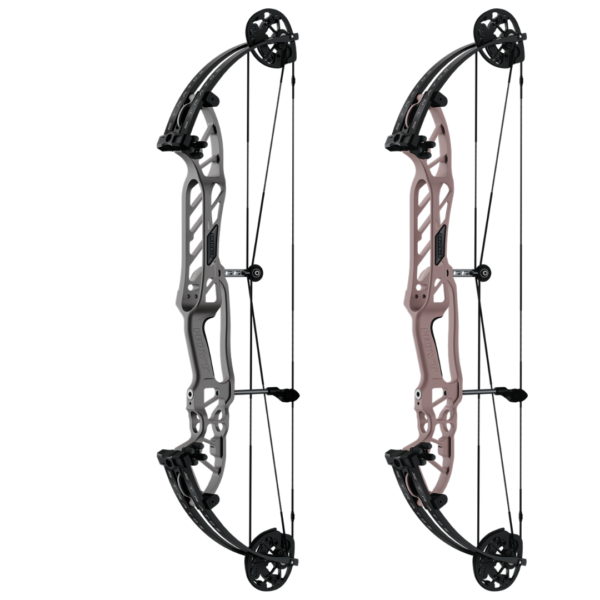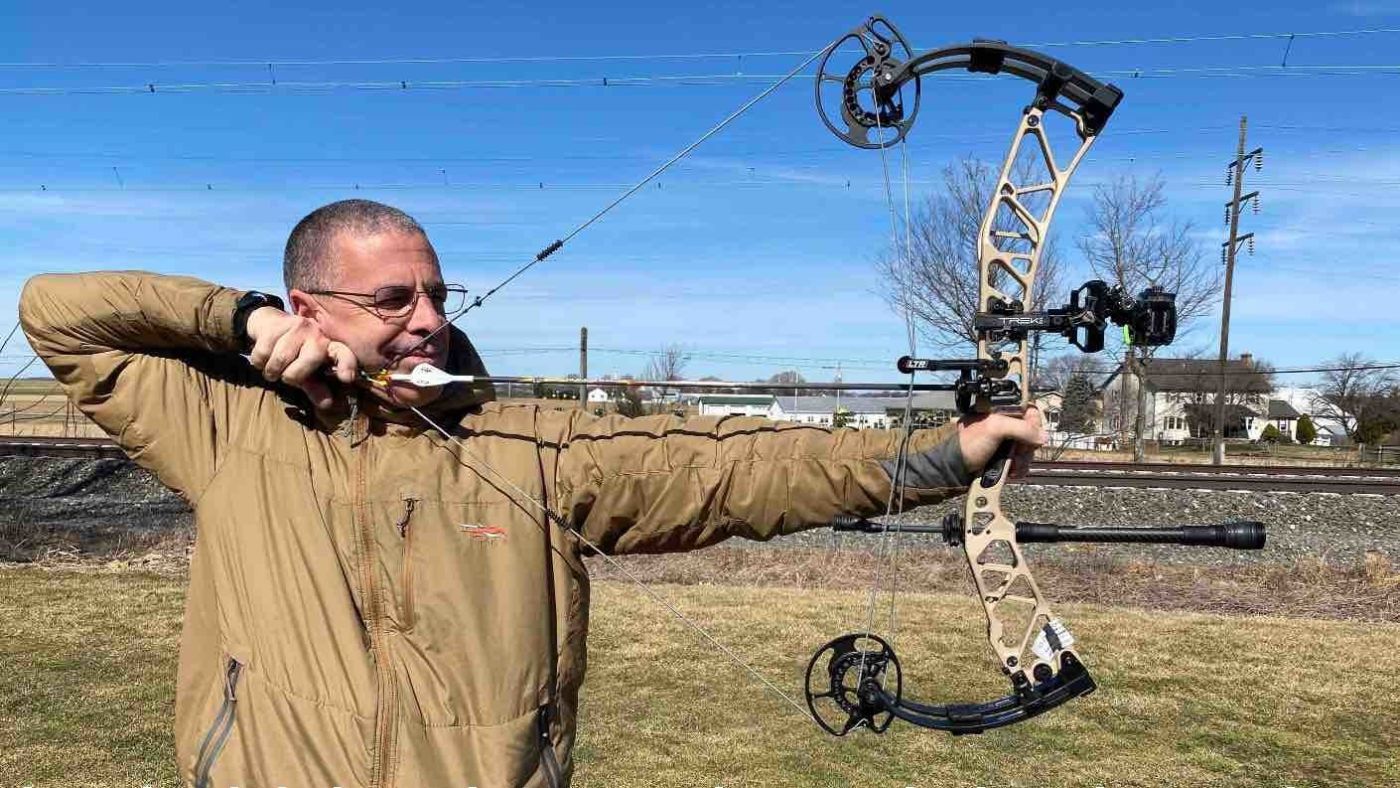Accomplish Constant Shots with the Right Bow Stabilizer: Shop Our Selection Today!
Accomplish Constant Shots with the Right Bow Stabilizer: Shop Our Selection Today!
Blog Article
Optimize Your Archery Precision With These Bow Stabilizer Techniques
In the world of archery, achieving optimal accuracy is a pursuit that demands precise interest to detail and method. One critical component that can significantly impact your performance is the proper utilization of bow stabilizers. These often-overlooked accessories hold the potential to elevate your shooting proficiency to new elevations, yet just if used appropriately. By discovering the nuanced approaches of choose, setting up, and adjust bow stabilizers, archers can unlock a realm of precision that might have formerly thwarted them. Whether you are a skilled archer seeking to fine-tune your skills or a beginner eager to boost your precision, grasping these bow stabilizer methods can be the key to striking your mark with unmatched uniformity.
Advantages of Utilizing Bow Stabilizers
Making use of bow stabilizers can considerably boost an archer's accuracy and general efficiency by minimizing bow torque and resonance. In addition, bow stabilizers dampen resonance, which not just improves the comfort of capturing yet also stops the bow from leaping upon release, therefore assisting in keeping proper goal.
In addition, bow stabilizers can assist in holding the bow consistent, specifically throughout windy conditions or when firing from longer ranges. The included weight at the front of the bow provides stability and balance, enabling the archer to concentrate on intending without the distraction of bow movement. On the whole, the advantages of using bow stabilizers prolong beyond just precision, improving the archer's experience and efficiency in numerous shooting circumstances.
Choosing the Right Bow Stabilizer
Selecting the suitable bow stabilizer is vital for maximizing your archery tools and boosting shooting efficiency. When picking a bow stabilizer, there are numerous factors to consider to ensure you find the right fit for your demands. Firstly, take into consideration the weight of the stabilizer. Larger stabilizers can help in reducing bow torque and soak up even more resonance, causing a steadier goal. Lighter stabilizers use more maneuverability, which can be valuable in particular shooting scenarios.

Finally, take into consideration the design of the stabilizer. Some stabilizers include flexible weights or dampeners that allow you to personalize the equilibrium and feeling of your bow. Ultimately, selecting the ideal bow stabilizer entails finding a balance in between weight, find out this here material, style, and size to improve your capturing precision and total performance.
Proper Installation Methods
To guarantee optimal performance and safety in archery, mastering correct installment strategies for your bow stabilizer is necessary. The very first step in installing a bow stabilizer is to identify the correct positioning on your bow.
Following, safely attach the stabilizer to the bow making use of the proper mounting equipment. Some stabilizers come with flexible weights that can be included or eliminated to tweak the equilibrium of your bow.

Adjusting Stabilizer Weight and Length
After making sure the correct installment of your bow stabilizer, the next step involves adjusting the weight and size to maximize its efficiency in improving archery accuracy. The weight of the stabilizer plays an essential role in minimizing bow activity throughout the shot cycle.
A longer stabilizer can give higher security by boosting the distance in between the bow and the weight at the end of the stabilizer. Conversely, a much shorter stabilizer provides more ability to move and may be liked by archers who value dexterity and quick motions during capturing.
Advanced Stabilizer Tuning Tips
Accomplishing optimum bow security and precision in archery demands a try this website nuanced technique to innovative stabilizer tuning. Advanced stabilizer tuning involves fine-tuning numerous parts to improve the bow's balance, minimize resonance, and enhance overall accuracy.
One more critical aspect of advanced stabilizer tuning is maximizing the damping homes of the stabilizer system. This can be attained by including extra dampening accessories such as rubber dampeners or harmonic stabilizers to additionally minimize resonance and noise. Moreover, exploring different products for the stabilizer construction, such as carbon fiber or aluminum, can also influence the bow's performance by changing its weight distribution and tightness. By meticulously fine-tuning these advanced stabilizer elements, archers can optimize their precision and consistency on the variety or in competitors.
Final Thought
In final thought, making best use of archery accuracy can be accomplished through the proper choice, setup, and modification of bow stabilizers. On the whole, incorporating bow stabilizers into archery practice can lead to better efficiency and increased precision.
Utilizing bow stabilizers can dramatically improve an archer's precision and total performance by lessening bow torque and resonance. Longer stabilizers give greater stability and equilibrium, particularly for long-distance capturing, while much shorter stabilizers offer more versatility and are less complicated to steer in limited spaces (bow stabilizer). Carbon fiber stabilizers are lightweight and durable, while light weight aluminum stabilizers are robust and give excellent resonance wetting
A longer stabilizer can give higher stability by raising the distance between the bow and the weight at the end of the stabilizer.An additional vital facet of sophisticated stabilizer tuning is optimizing the damping properties of the stabilizer system.
Report this page